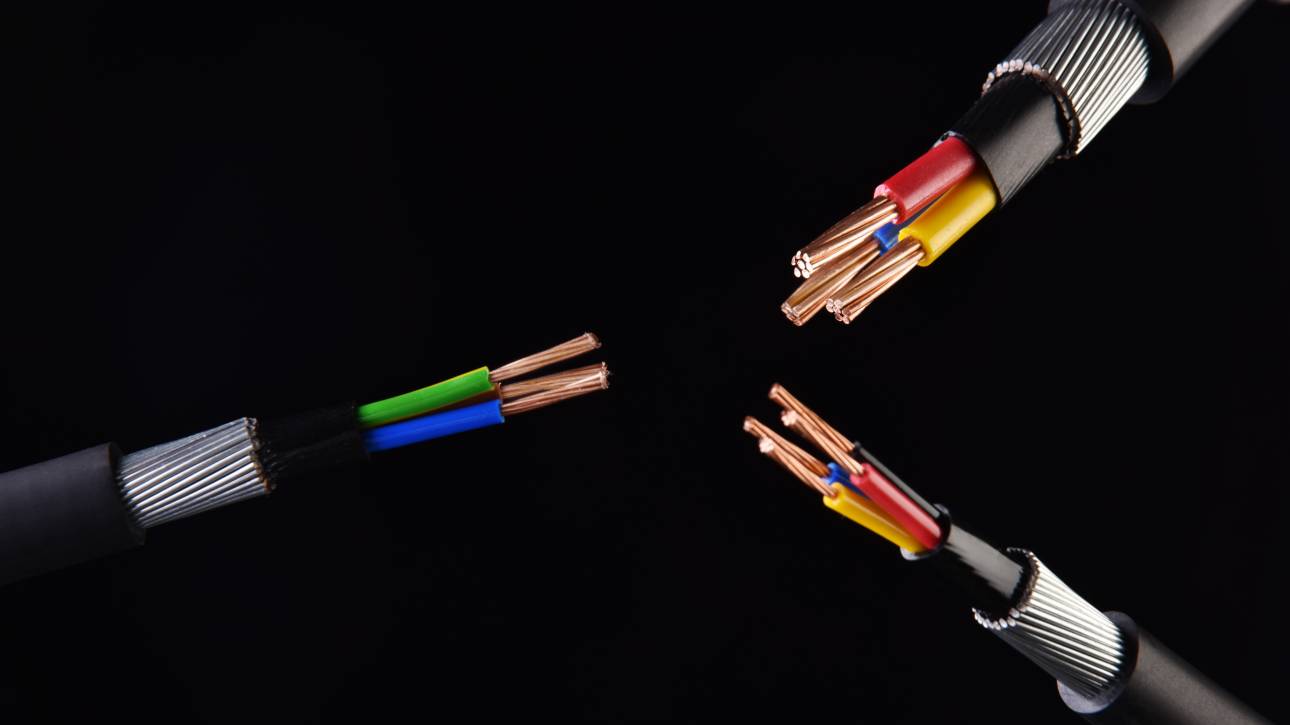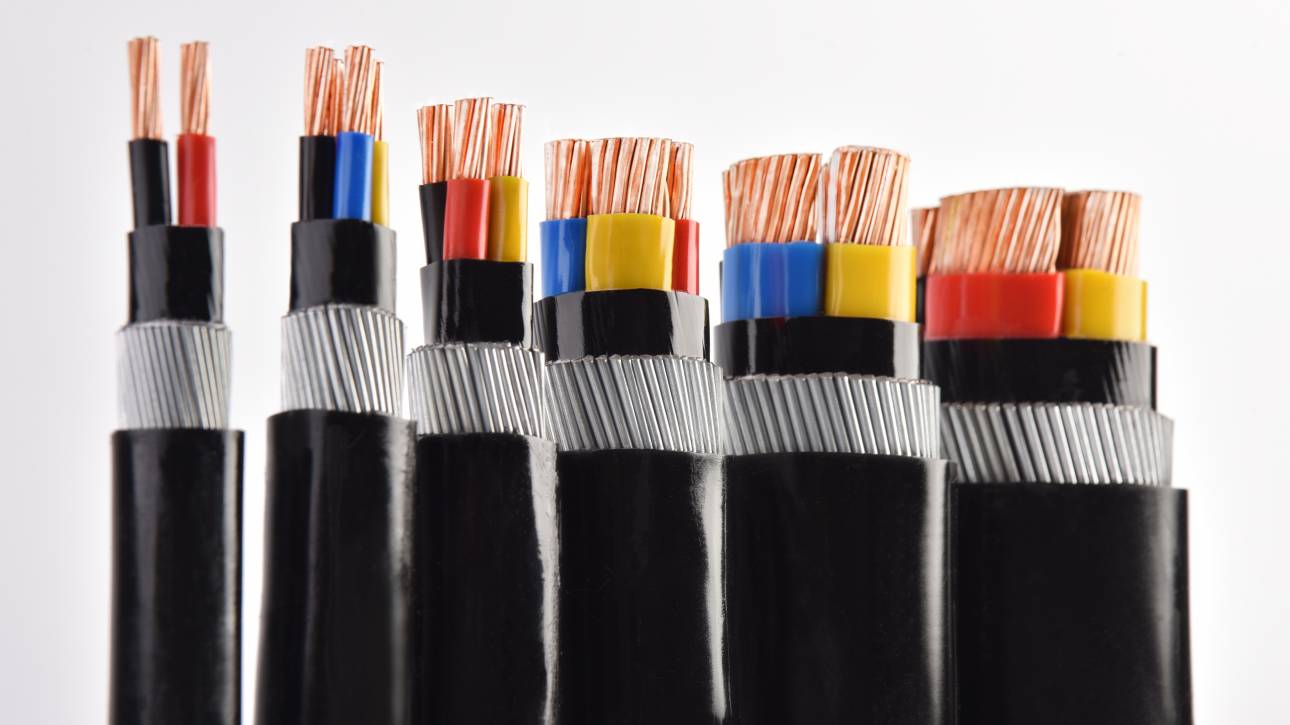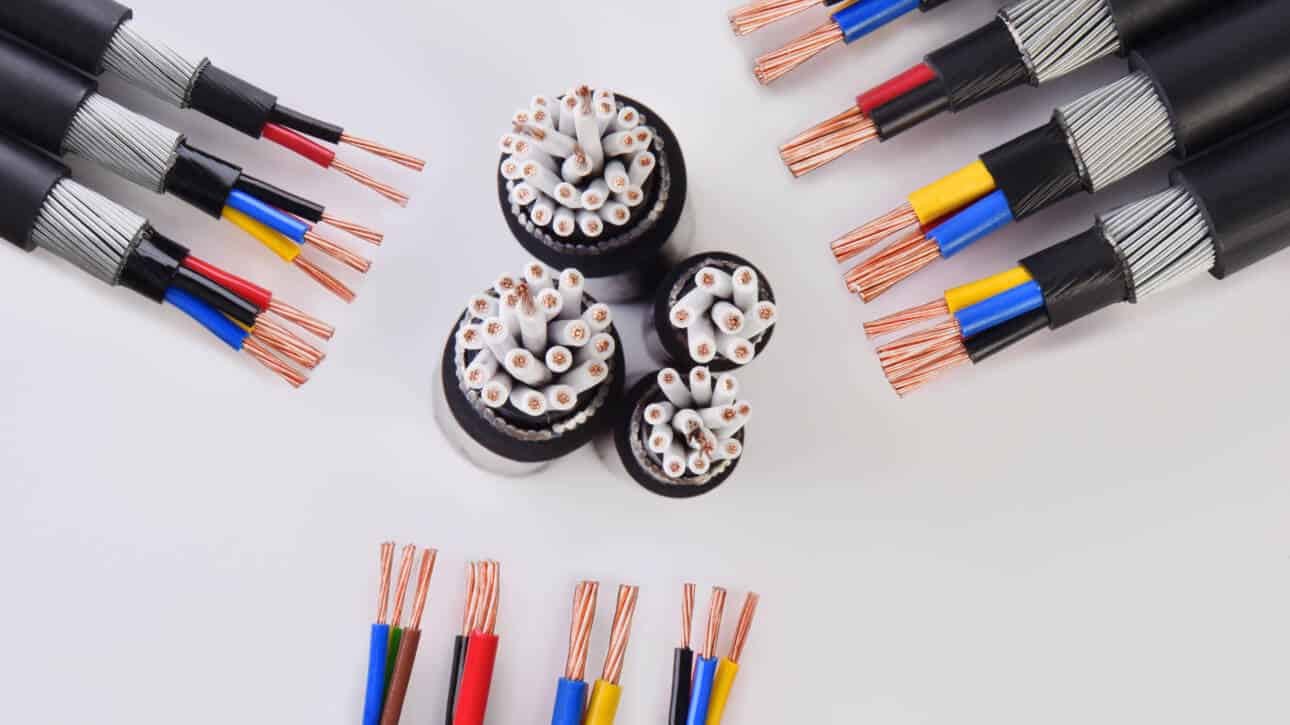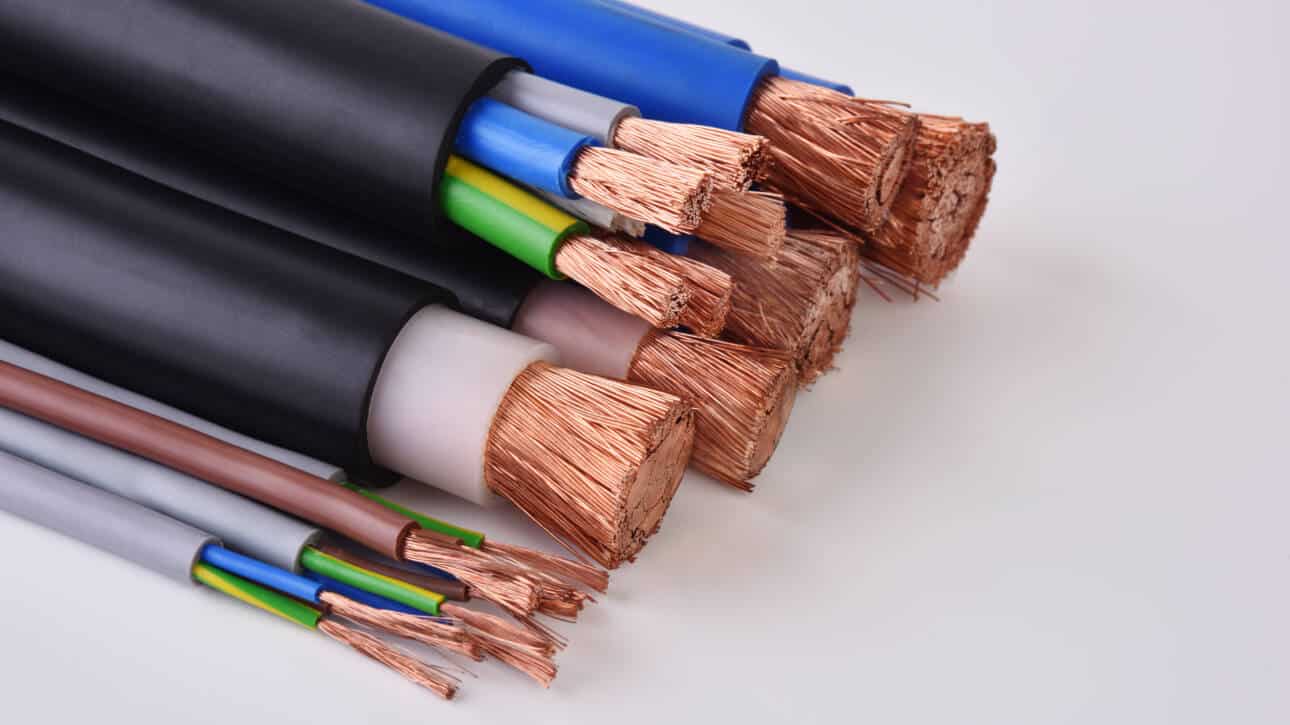Cable drums are designed to safeguard cables from harm and to keep them organized for future use. Below, we have outlined some tips for handling and storing drums, as we use these practices in our factory and warehouse.
Proper handling and storage of cable drums is crucial to avoid any damage to the cables. If cable…










